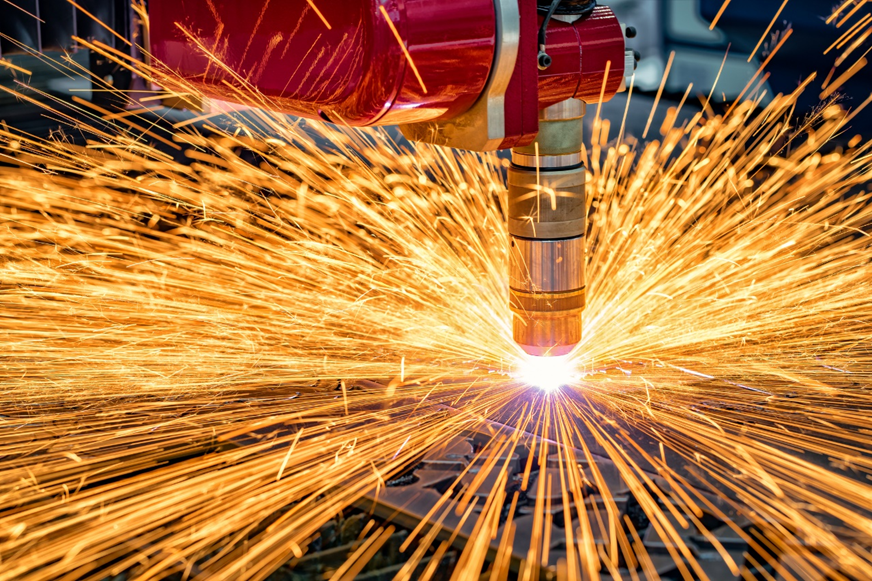Highlights
- The steel industry emits over 3 billion tons of carbon dioxide annually in the manufacturing process.
- The steel industry has recently witnessed the development of numerous technologies aimed at decarbonising the steel manufacturing process.
- EarlyBirds can help innovators and early-adopter organisations deal with the challenge of decarbonising the steel industry.
Steel is among the most significant materials in contemporary life, due to the wide range of its applications, for example, in construction and other key infrastructure, appliances, and various types of vehicles. Experts predict that with the growth of the global population and the increasing drive towards industrialisation, the global steel demand could double over the next three decades.
Steel production begins with heating iron at very high temperatures, subsequent to which purified iron is obtained, to which alloying elements, such as carbon, manganese, chromium, and nickel, are then added.
The steel manufacturing process requires a lot of heat. Coal is generally used to generate this heat, as well as being used as a feedstock in the steel manufacturing process, which results in large carbon emissions. According to a 2020 McKinsey & Company article, the steel industry is among the three biggest carbon emitters; it produces around 2 billion tons of steel and emits over three billion tons of CO2 annually. For every ton of steel produced in 2018, an average of 1.85 tons of carbon dioxide was emitted, as per the World Steel Association.
Therefore, reducing the carbon emissions generated by the steel industry is of paramount importance, especially considering the goal of net zero emissions by 2050.
EarlyBirds, an open innovation ecosystem provider, can help innovators and early-adopter organisations deal with the challenges of decarbonising the steel industry via collaboration and networking.

Image source: © Cookelma | Megapixl.com
EarlyBirds can facilitate new technology adoption
The recent years have witnessed the development of numerous technologies with the potential for decarbonising the steel industry.
Today, electric arc furnaces are replacing blast furnaces, while other innovations are also being adopted. However, at the same time, there exists significant uncertainty about which technologies will become standard.
EarlyBirds believes that the shift towards low-carbon steel production will benefit significant stakeholders in the steel manufacturing ecosystem. Moreover, there are innovators and companies that want to make a difference to the industry by using the latest and greenest technologies, and such innovators and organisations might struggle to find each other.

Image source: © Fedor-o | Megapixl.com
EarlyBirds believes this is where it can help, by providing an ecosystem for innovators and early adopters of new technology to connect. This way EarlyBirds is well placed to facilitate the global transition to carbon-neutral steel.
EarlyBirds Open Innovation Maps
One of the key features of the EarlyBirds platform is the Open Innovation Maps. These maps offer a framework for solving the challenges faced by industries today while also organizing those challenges into categories and possible solutions, and they provide links to relevant innovator organizations. Furthermore, they are updated on a near-real-time basis and change as per emerging industry trends and issues.

Image source: © Ipopba | Megapixl.com
EarlyBirds believes that innovation maps intended to address the core challenges facing the steel industry could offer the foundations for the decarbonisation of the steel industry.
According to EarlyBirds, a key hurdle for green steel shall be the availability of low-carbon hydrogen. Moreover, huge amounts of green or blue hydrogen shall be required to scale up this technology.
EarlyBirds as the ideal partner
EarlyBirds believes that it is an ideal partner to work with and that it can help companies operating in the steel industry tackle the complexities of decarbonisation.
EarlyBirds’ award-winning platform of subject matter experts and more than 4 million innovators can help companies find specific solutions for their specific problems.



